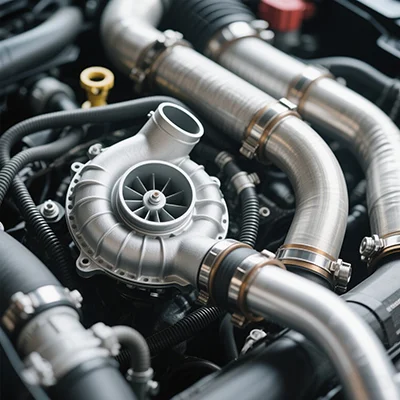The Quest for Perfection: Can Plastic Truly Be 100% Recycled?
In recent years, the conversation surrounding plastic waste has intensified, prompting a critical examination of recycling processes and the sustainability of materials. As environmental concerns mount, the question arises: Can plastic be 100% recycled? This inquiry delves into the complexities of plastic recycling, the current technologies available, and the potential for a circular economy.
Understanding Plastic and Its Types
To address the recyclability of plastic, it is essential to understand the various types of plastics and their properties. Plastics are broadly categorized into two groups: thermoplastics and thermosetting plastics.
- Thermoplastics: These can be melted and reshaped multiple times without significant degradation. Common examples include polyethylene (PET), polypropylene (PP), and polystyrene (PS). Thermoplastics are generally more recyclable than their counterparts.
- Thermosetting Plastics: Once cured, these plastics cannot be remelted or reshaped. Examples include epoxy and phenolic resins. The rigid structure of thermosetting plastics makes them challenging to recycle, often leading to incineration or landfill disposal.
The Recycling Process: Challenges and Limitations
The recycling process for plastics typically involves several stages: collection, sorting, cleaning, shredding, and reprocessing. However, achieving 100% recyclability is hindered by several factors:
- Contamination: Plastics often come into contact with food and other materials, leading to contamination that complicates the recycling process. Contaminated plastics can degrade the quality of recycled materials, making them unsuitable for certain applications.
- Material Degradation: Each time plastic is recycled, it undergoes a process that can weaken its molecular structure. This degradation limits the number of times a plastic can be recycled before it becomes unusable.
- Mixed Plastics: Many products are made from a combination of different types of plastics, which complicates the recycling process. Sorting these materials accurately is labor-intensive and costly.
- Economic Viability: The cost of recycling can be higher than producing new plastic, especially when oil prices are low. This economic factor often discourages companies from investing in recycling technologies.
Current Recycling Technologies
Despite these challenges, advancements in recycling technologies are paving the way for more efficient plastic recycling. Some notable innovations include:
- Chemical Recycling: Unlike traditional mechanical recycling, which physically breaks down plastics, chemical recycling involves breaking down plastics into their basic monomers. This process can potentially allow for the creation of new plastics that are indistinguishable from virgin materials, thus enhancing the possibility of achieving 100% recyclability.
- Advanced Sorting Technologies: Innovations in AI and machine learning are improving the sorting process, enabling more efficient separation of different plastic types. Enhanced sorting can lead to higher quality recycled materials.
- Biodegradable Plastics: While not a direct solution to recycling, the development of biodegradable plastics offers an alternative to traditional plastics. These materials can break down more easily in the environment, reducing the overall plastic waste burden.
The Role of Policy and Consumer Behavior
Achieving 100% recyclability is not solely a technological challenge; it also requires robust policy frameworks and shifts in consumer behavior. Governments can play a crucial role by implementing regulations that promote recycling, such as:
- Extended Producer Responsibility (EPR): Policies that hold manufacturers accountable for the entire lifecycle of their products can incentivize the design of more recyclable materials.
- Public Awareness Campaigns: Educating consumers about proper recycling practices can significantly reduce contamination rates and improve recycling outcomes.
The Future of Plastic Recycling
While the dream of 100% plastic recyclability remains elusive, the path forward is promising. By investing in innovative technologies, fostering responsible consumer behavior, and implementing supportive policies, we can move closer to a circular economy where plastic is continuously reused rather than discarded.
In conclusion, while the question Can plastic be 100% recycled? does not have a straightforward answer, the ongoing advancements in recycling technologies and the collective efforts of society can lead us toward a more sustainable future. The journey is complex, but with commitment and innovation, we can transform the way we think about plastic and its lifecycle.
